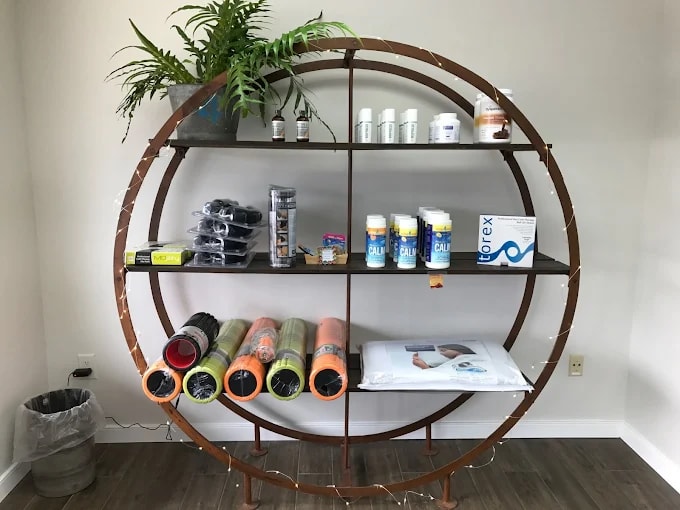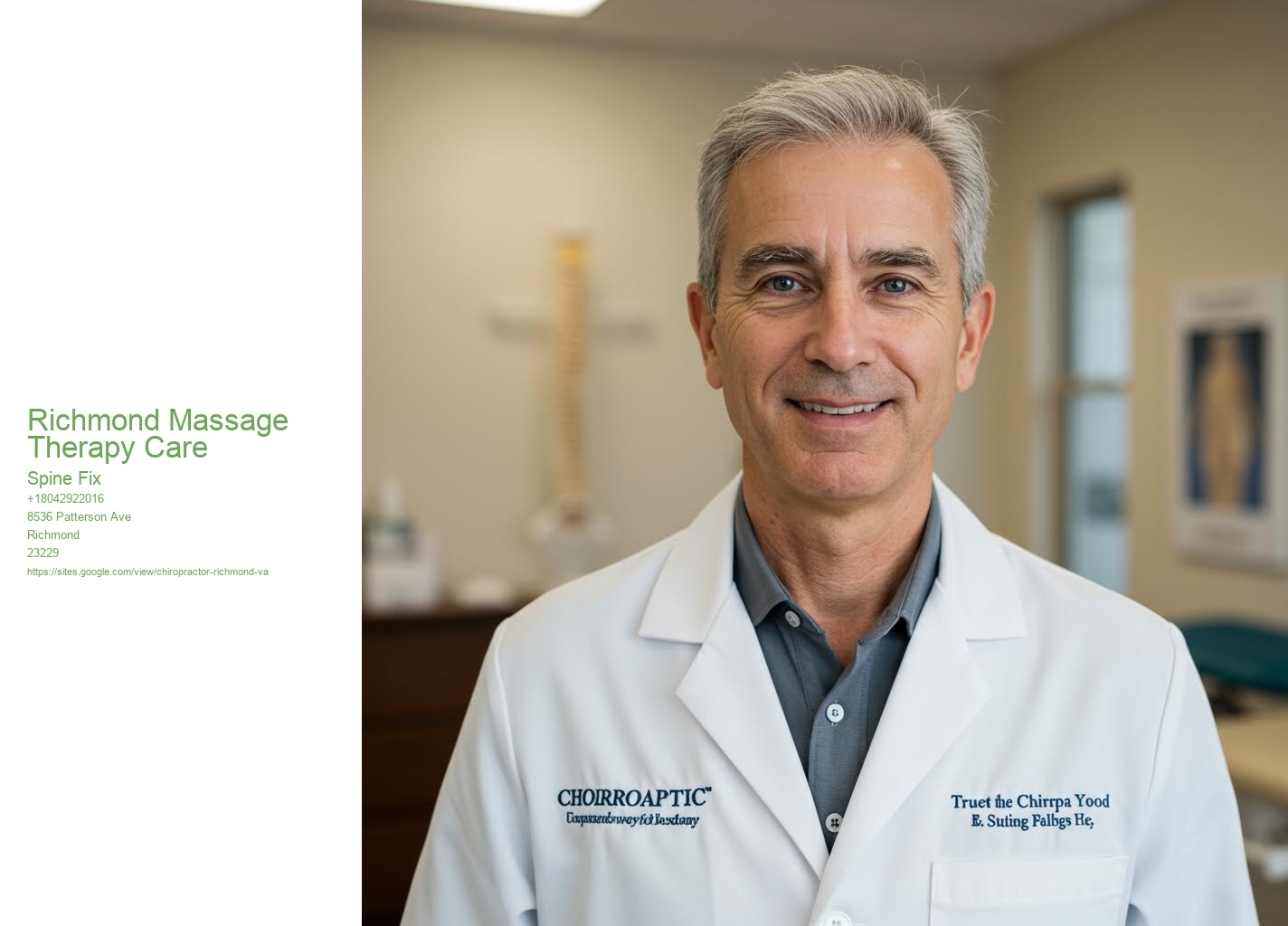Low back pain or lumbago is a common condition including the muscles, nerves, and bones of the back, in between the reduced edge of the ribs and the lower layer of the buttocks. Discomfort can differ from a dull consistent pains to an abrupt sharp feeling. Reduced back pain might be categorized by duration as acute (discomfort enduring less than 6 weeks), sub-chronic (6 to 12 weeks), or chronic (greater than 12 weeks). The condition may be further classified by the underlying cause as either mechanical, non-mechanical, or referred pain. The signs of reduced back pain usually boost within a few weeks from the time they start, with 40–-- 90% of individuals recouped by 6 weeks. In most episodes of reduced neck and back pain a particular underlying cause is not determined and even looked for, with the discomfort thought to be due to mechanical issues such as muscle mass or joint strain. If the discomfort does not vanish with traditional therapy or if it is come with by "red flags" such as unusual weight loss, high temperature, or significant problems with sensation or activity, additional screening may be required to seek a severe underlying problem. In many cases, imaging devices such as X-ray calculated tomography are not helpful or suggested for reduced pain in the back that lasts much less than 6 weeks (with no red flags) and bring their very own threats. In spite of this, the use of imaging in low neck and back pain has actually boosted. Some low pain in the back is brought on by harmed intervertebral discs, and the straight leg elevate examination serves to recognize this reason. In those with persistent pain, the discomfort processing system might malfunction, creating big amounts of discomfort in reaction to non-serious occasions. Persistent non-specific low pain in the back (CNSLBP) is a highly prevalent bone and joint problem that not only impacts the body, yet likewise an individual's social and financial condition. It would be significantly valuable for people with CNSLBP to be evaluated for hereditary concerns, unhealthy lifestyles and practices, and psychosocial variables in addition to musculoskeletal problems. Chronic reduced back pain is specified as back pain that lasts greater than 3 months. The symptoms of low back pain generally boost within a couple of weeks from the time they start, with 40–-- 90% of individuals recouped by six weeks. Normal task should be continued as much as the discomfort enables. First administration with non-medication based therapies is suggested. Non–-- drug based treatments include shallow warm, massage, acupuncture, or spine adjustment. If these are not sufficiently effective, NSAIDs are advised. A number of various other options are available for those that do not improve with typical treatment. Opioids might be useful if basic discomfort medicines are not nearly enough, but they are not normally advised because of negative effects, consisting of high rates of addiction, unexpected overdose and death. Surgical procedure may be beneficial for those with disc-related persistent discomfort and handicap or spinal stenosis. No clear advantage of surgical procedure has been found for other instances of non-specific reduced back pain. Reduced pain in the back commonly impacts state of mind, which might be improved by therapy or antidepressants. In addition, there are numerous alternative medicine treatments, but there is not enough proof to recommend them with confidence. The proof for chiropractic care and spinal manipulation is combined. Approximately 9–-- 12% of individuals (632 million) have reduced pain in the back at any type of offered time, and virtually 25% report having it at some point over any one-month period.About 40% of people have reduced pain in the back at some time in their lives, with estimates as high as 80% among individuals in the developed globe. Low neck and back pain is the best contributor to shed productivity, absence, disability and layoff worldwide. Problem with reduced neck and back pain usually begins between 20 and 40 years of age. Women and older individuals have greater approximated rates of reduced pain in the back and also greater handicap quotes. Low pain in the back is a lot more common amongst individuals aged in between 40 and 80 years, with the total variety of people influenced anticipated to boost as the population ages. According to the World Wellness Organization in 2023, reduced back pain is the top clinical problem worldwide from which one of the most number of individuals globally can gain from boosted rehabilitation.
.



